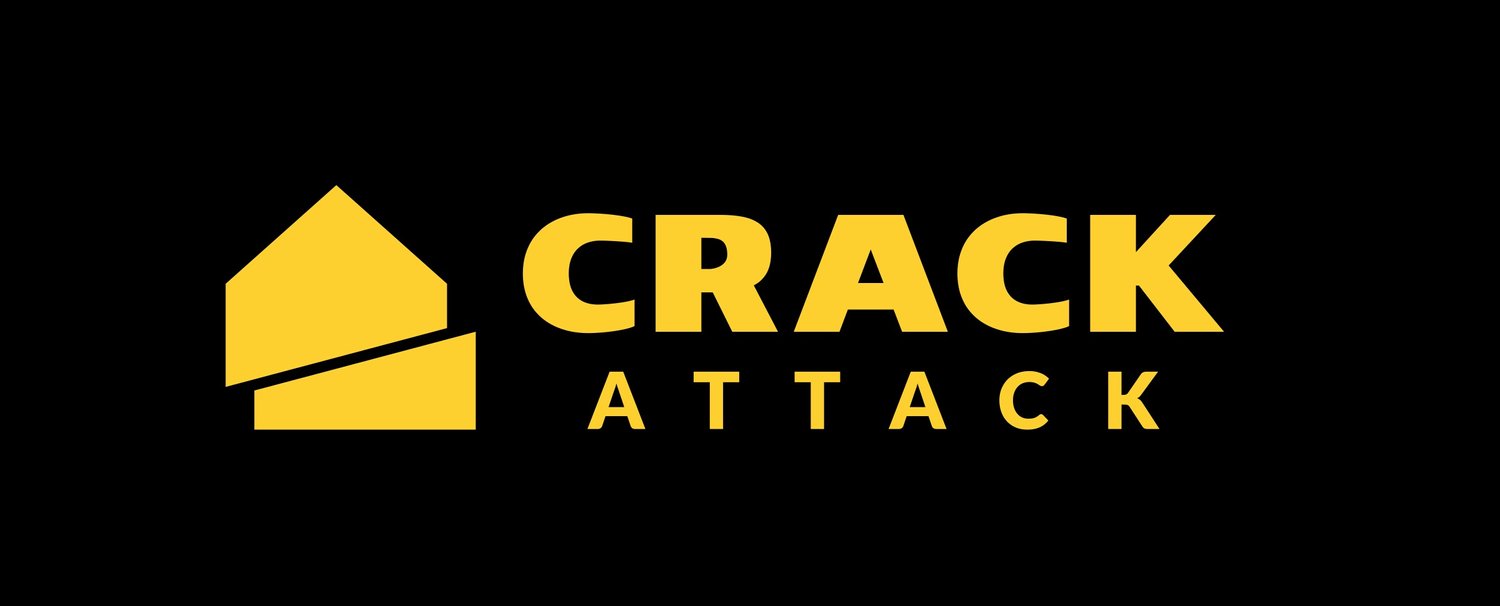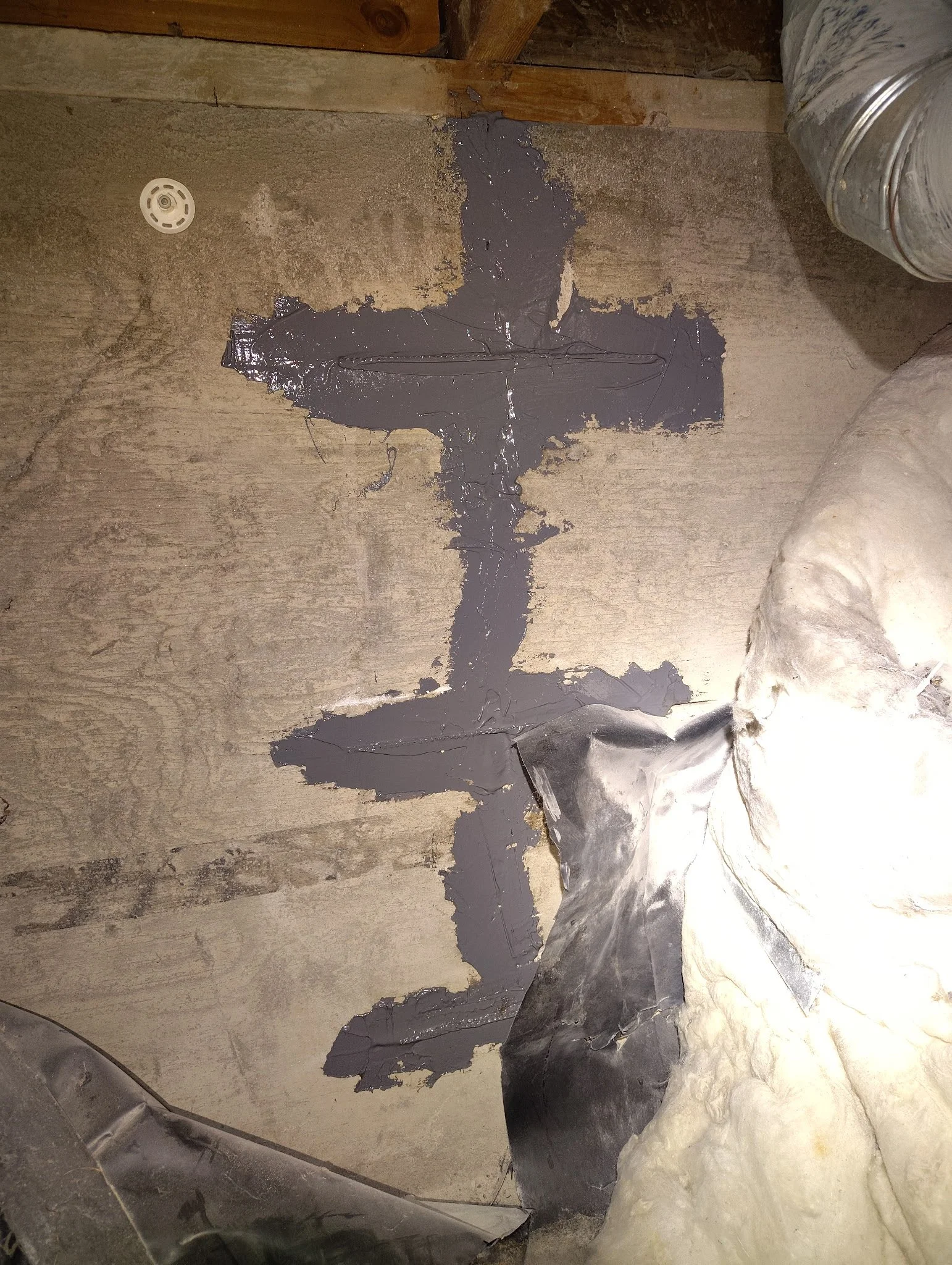Carbon Fiber Concrete Staples
When it comes to repairing cracks in concrete, strength and stability matter. At Crack Attack, one of our most effective tools for long-lasting foundation repair is the carbon fiber staple. This advanced reinforcement method provides permanent stability to cracked walls and slabs without the mess or disruption of traditional repairs.
What Are Carbon Fiber Staples?
A carbon fiber staple is a bi-directional carbon fiber and Kevlar® strip designed to bridge across a repaired crack, locking the concrete together and preventing future separation. The staples we use are part of the Fortress Crack Stitch™ system, which has been engineered for structural reinforcement in both poured concrete and masonry.
These staples are pre-cured and pre-impregnated with resin, then bonded into place with Fortress Xtreme 4070 epoxy. The open-grid design allows for mechanical bonding into the concrete, making the staple and the wall act as a single structural unit.
Why We Use Carbon Fiber Staples in Foundation Repair
Cracks in concrete can form for many reasons - settling, temperature changes, hydrostatic pressure, or corroded rebar. Even after the crack is sealed with epoxy injection, movement can still occur over time if there’s nothing reinforcing the repair.
That’s where carbon fiber staples come in. By embedding them perpendicular to the crack, we create a reinforcement system that resists tensile forces and keeps the concrete from pulling apart again. This adds structural strength and ensures the repair lasts for decades.
Benefits of Carbon Fiber Staples
Permanent Strength: Carbon fiber has a tensile strength of up to 300,000 psi, making it stronger than steel by weight. Once installed, the staple becomes an integral part of the wall or slab.
Non-Corrosive: Unlike steel reinforcement, carbon fiber will not rust or weaken over time, even in damp conditions.
Low Profile: Installed flush with the surface and then finished over, the staple is nearly invisible when the job is done.
Works With Other Repairs: Staples are often used alongside epoxy injection or carbon fiber straps to create a complete foundation repair system.
Fast, Clean Installation: No heavy equipment or demolition is needed. Most staple installations are completed in just a few hours.
How We Install Carbon Fiber Staples
Evaluation – We start with an honest assessment to determine if staples are needed for your specific crack.
Crack Repair – In most cases, we perform a low-pressure epoxy injection to bond the crack internally.
Cut and Prep – We saw-cut perpendicular slots across the crack to fit the staples.
Bond in Place – Each staple is set into the slot with Fortress Xtreme 4070 epoxy, ensuring full adhesion and strength.
Finish – Once cured, the surface is smoothed, ready for painting or sealing.
Where Carbon Fiber Staples Work Best
We often use carbon fiber staples in situations like:
Vertical, diagonal, or horizontal cracks in poured concrete walls
Slab or floor cracks that need reinforcement
Masonry wall cracks
Areas with compromised rebar
Structural reinforcement after epoxy injection
Why Choose Crack Attack for Carbon Fiber Staple Installation?
We are trained and approved installers of the Fortress Crack Stitch™ system, which meets strict engineering and performance standards, including ICC ESR-3815 compliance. Our team combines expert workmanship with commercial-grade materials to ensure every repair is built to last.
We also pride ourselves on honest evaluations, expert service, and fair pricing. When you choose Crack Attack, you’re getting more than just a repair - you’re getting a long-term solution.





